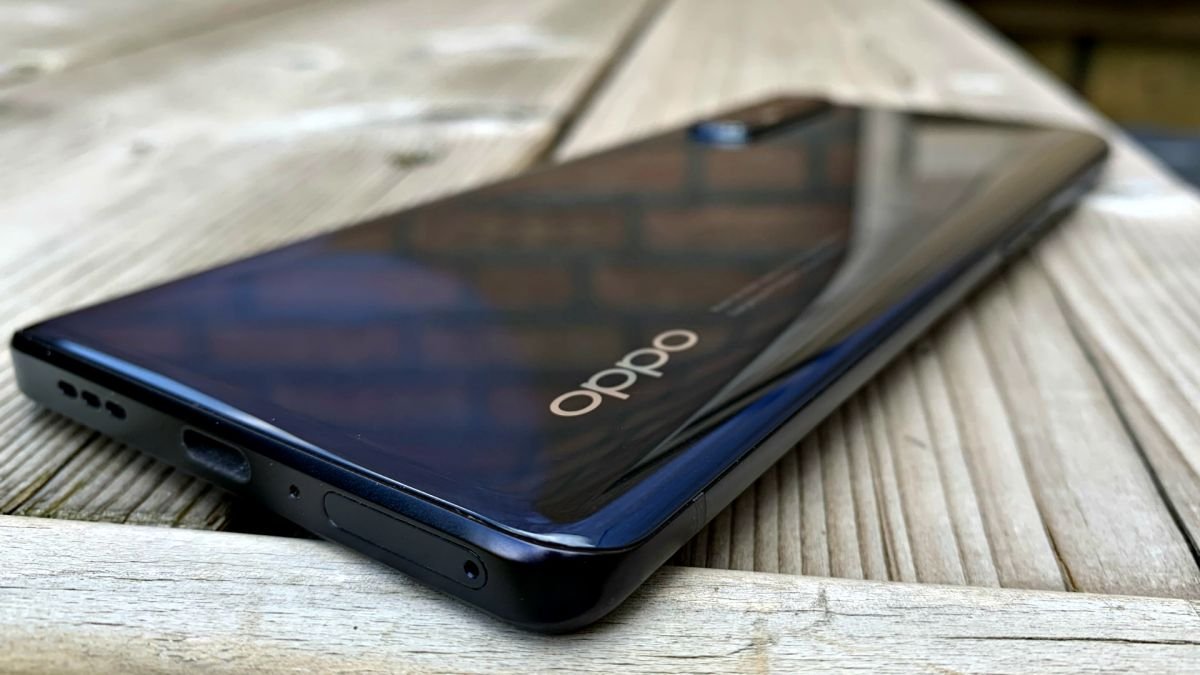
Wi-Fi is now an integral part of smartphones and most Internet-connected devices. And rightly so, because it's fast, battery efficient, and reliable. But what if there was something faster and cheaper? Enter Li-Fi, a Wi-Fi-like data transmission technology that uses LED light as the medium. And Oppo is taking the lead by patenting its first smartphone with this technology. The patent, spotted by LetsGoDigital, shows images of the sensor placed on Oppo smartphones. Unlike Wi-Fi, a Li-Fi module (a photodetector) is quite visible on the outside of the phone. This is necessary because photons of light must be converted to currents. The images show the possible module locations. It should be noted that this was only a patent at the time, and as with all patents, it was never able to see the light of day.
![]()
(Image credit: LetsGoDigital)
Li-Fi: advantages and disadvantages
Also, Li-Fi has its own advantages and disadvantages. For one thing, it's much faster than Wi-Fi, several times faster. It is capable of transmitting at 100 Mbps and in some cases 10 Gbps. Second, the occupancy of the Wi-Fi frequency spectrum is increasing every day because it is the only radio wave medium besides LTE. Li-Fi can be used to meet the growing demand for wireless data, as it provides much greater capacity for data transmission. It is also considered to be more energy efficient as it uses LED light for data transmission and there is no interference. As for the downsides, one of the biggest is their reliability in light, especially LED bulbs. This means that a dark room without an LED light source would be cut off from the Internet. The next big drawback is its limited availability. Since light can't penetrate walls, the limited range can be annoying for some people. For some, this can be good for security. It's also worth noting that Li-Fi itself is nothing new. It was demonstrated in 2012, but was never adopted as mainstream technology. That could change if more smartphone manufacturers jump on the bandwagon.
